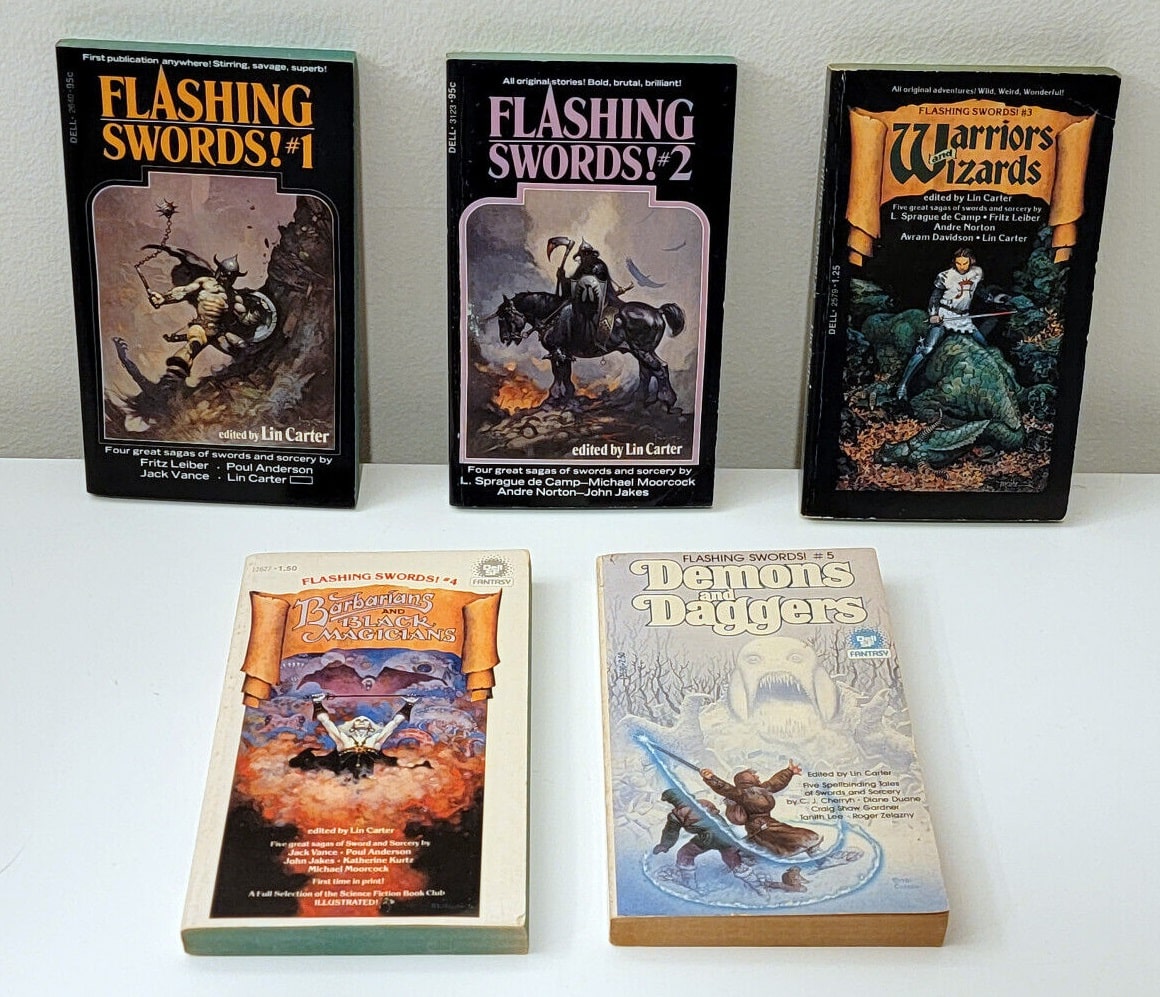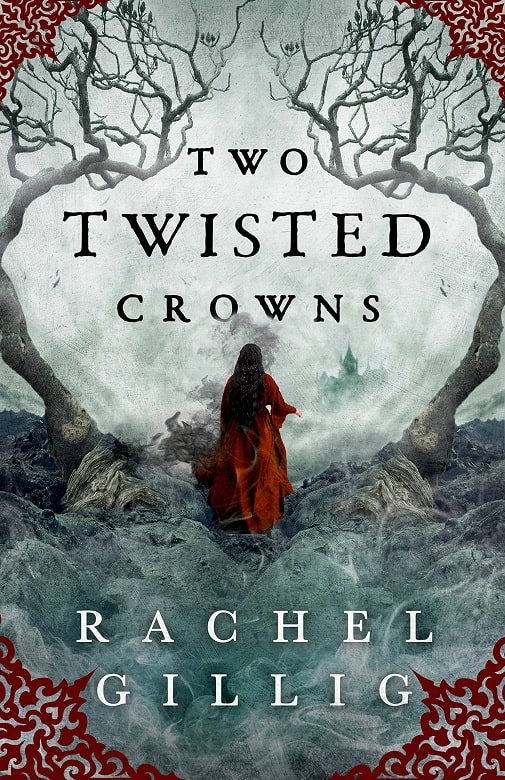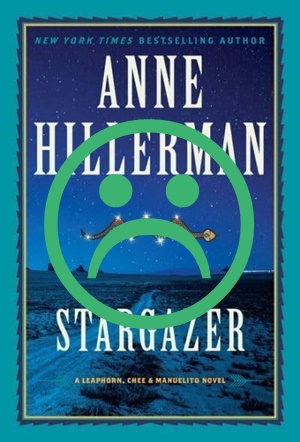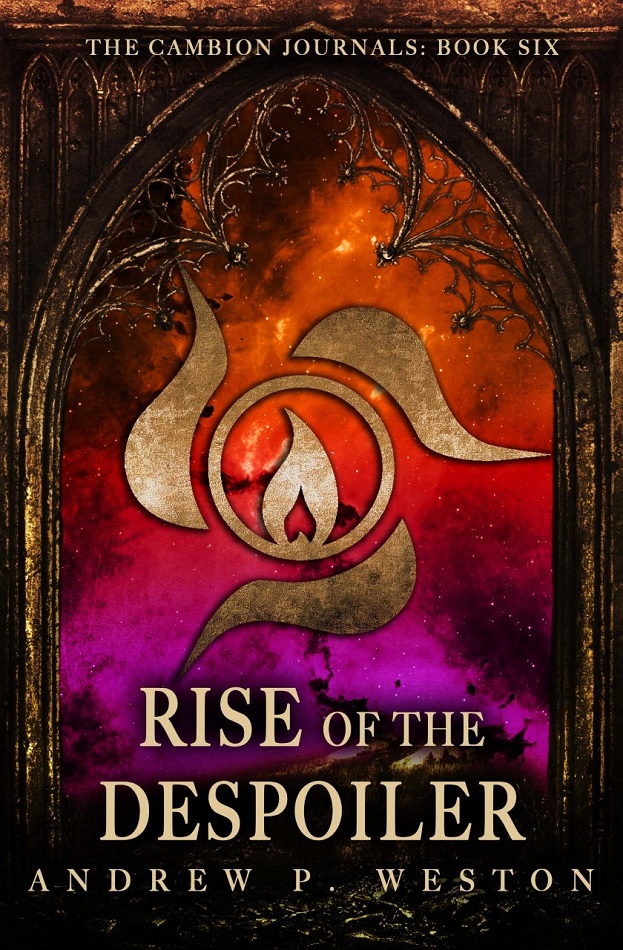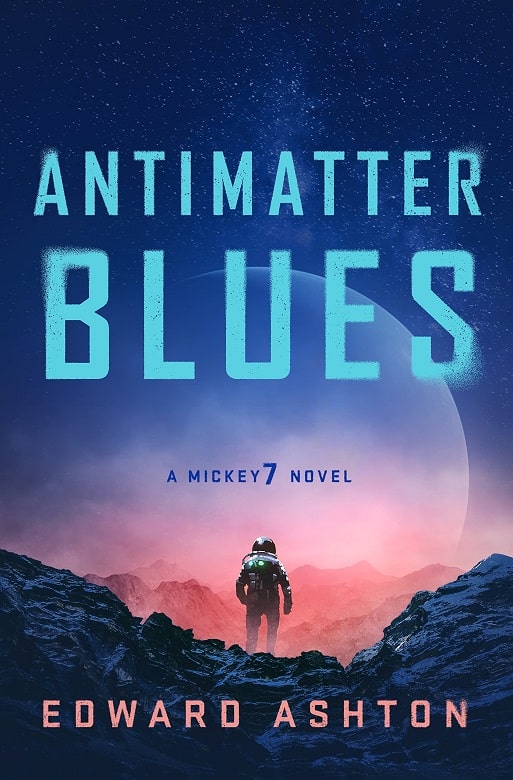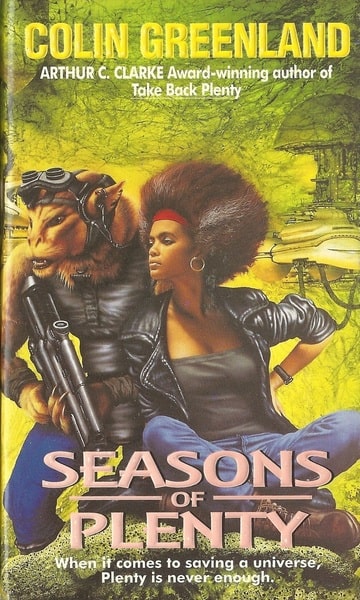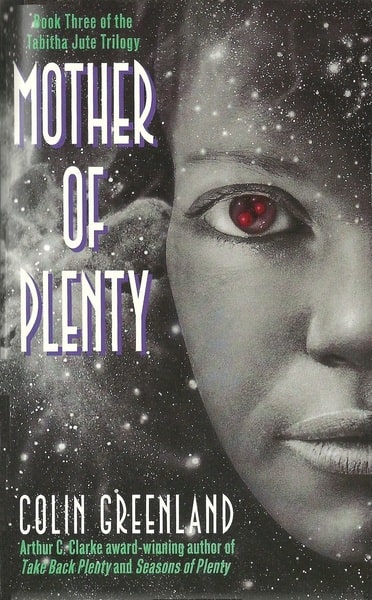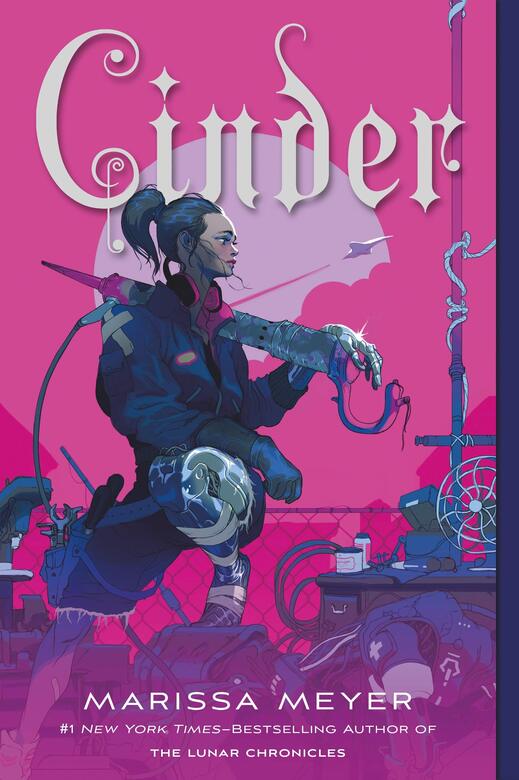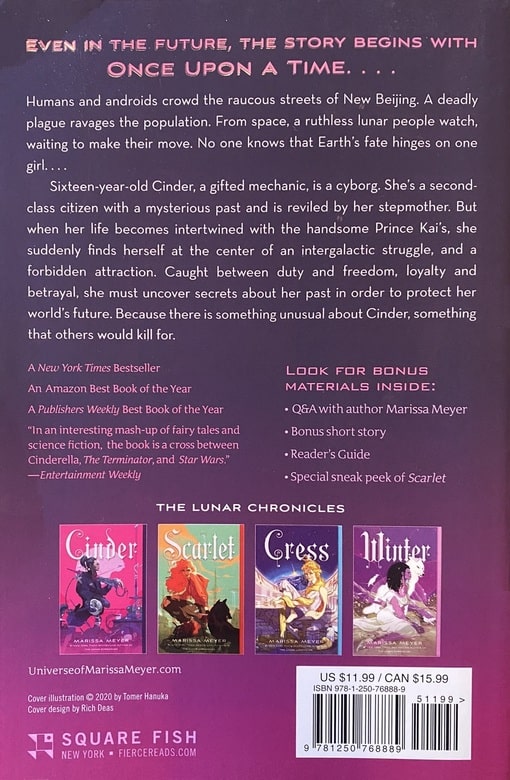Bob’s Books – Shelfie #5: (REH, Moorcock, Kurtz)
 It’s installment number five in Bob’s Shelfie series. This time, I’ll do a shelfie for my favorite fantasy author (Tolkien is second) – Robert E. Howard.
It’s installment number five in Bob’s Shelfie series. This time, I’ll do a shelfie for my favorite fantasy author (Tolkien is second) – Robert E. Howard.
He is of course best known for his Conan the Cimmerian (the movies made it ‘the Barbarian’). They are terrific sword and sorcery stories. If you only know the movies, you should read some of the stories.
On the bottom left are the Del Rey volumes, covering most of his writing. Howard struggled to make a living as a pulpster in Cross Plains, TX, during the Depression. He wrote fantasy, weird menace, westerns, boxing,spicy, horror, historical – the guy was an extremely talented writer. And those Del Reys are superb collections – with some great intros from very knowledgeable folks.
He was an extremely prolific letter writer, and I’ve got several books of his –mostly with fellow Weird Tales contributor, HP Lovecraft.
I never got into graphic novels, but I really like the Marvel Omnibus’ of the color comic that started in the seventies. The three mini-memoirs from Roy Thomas, covering the first hundred-ish issues, are fantastic and great buys.
Up top are various pastiches by other authors. I used to have all the Tors, but don’t any more. Many are pretty poor. For me, L. Sprague de Camp did pretty well (though he was an ass toward REH) and John Maddox Roberts was the best of the Tors, along with Chris Hocking’s lone book (he wrote a second, which has had a long, torturous path to still not being out there – but is due out soon). I like Robert Jordan’s six books, though they all kind of feel the same by the end.
And those two plaques are awards I’ve received from the Robert E. Howard Foundation for my work in the REH world.


